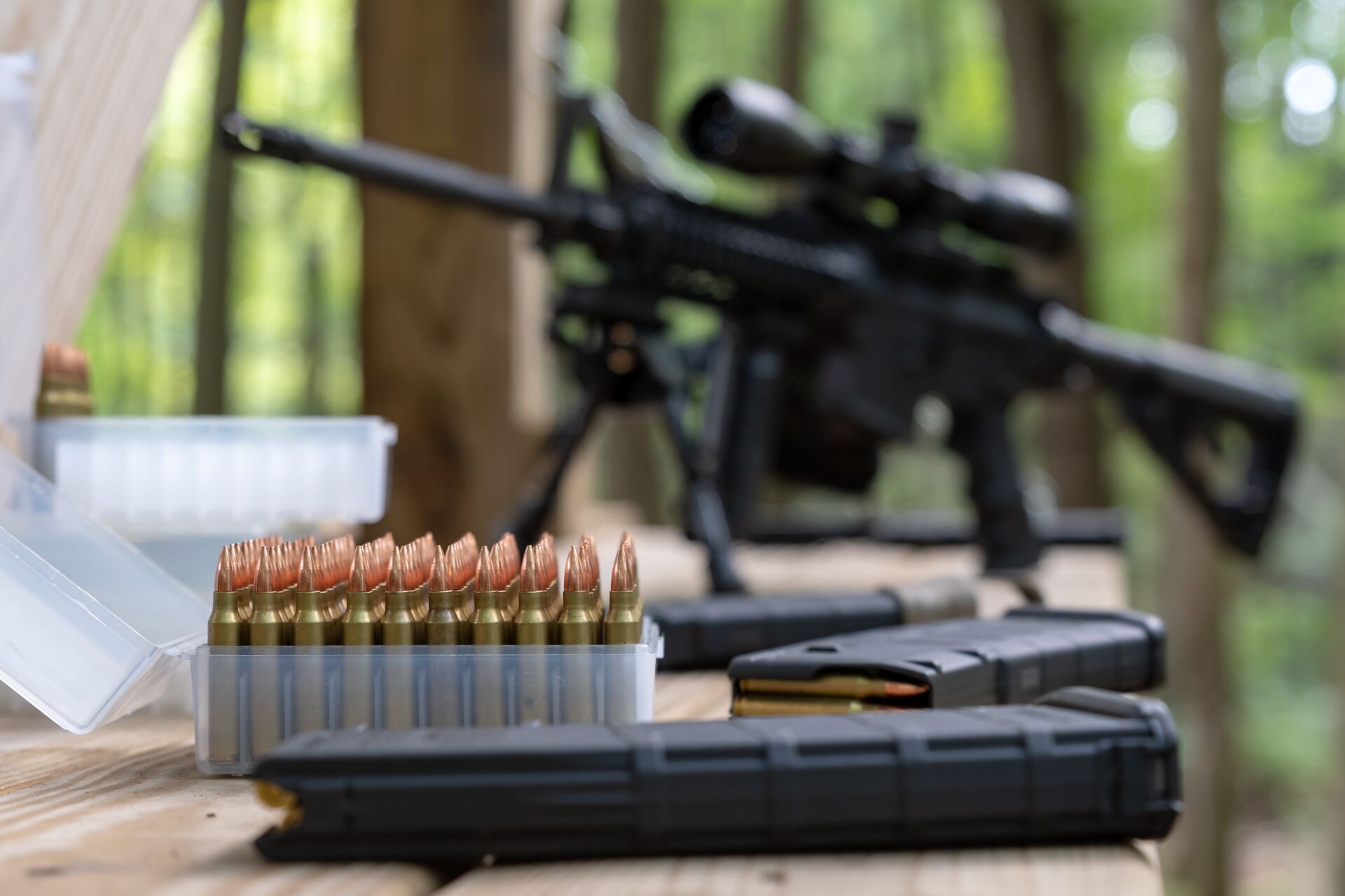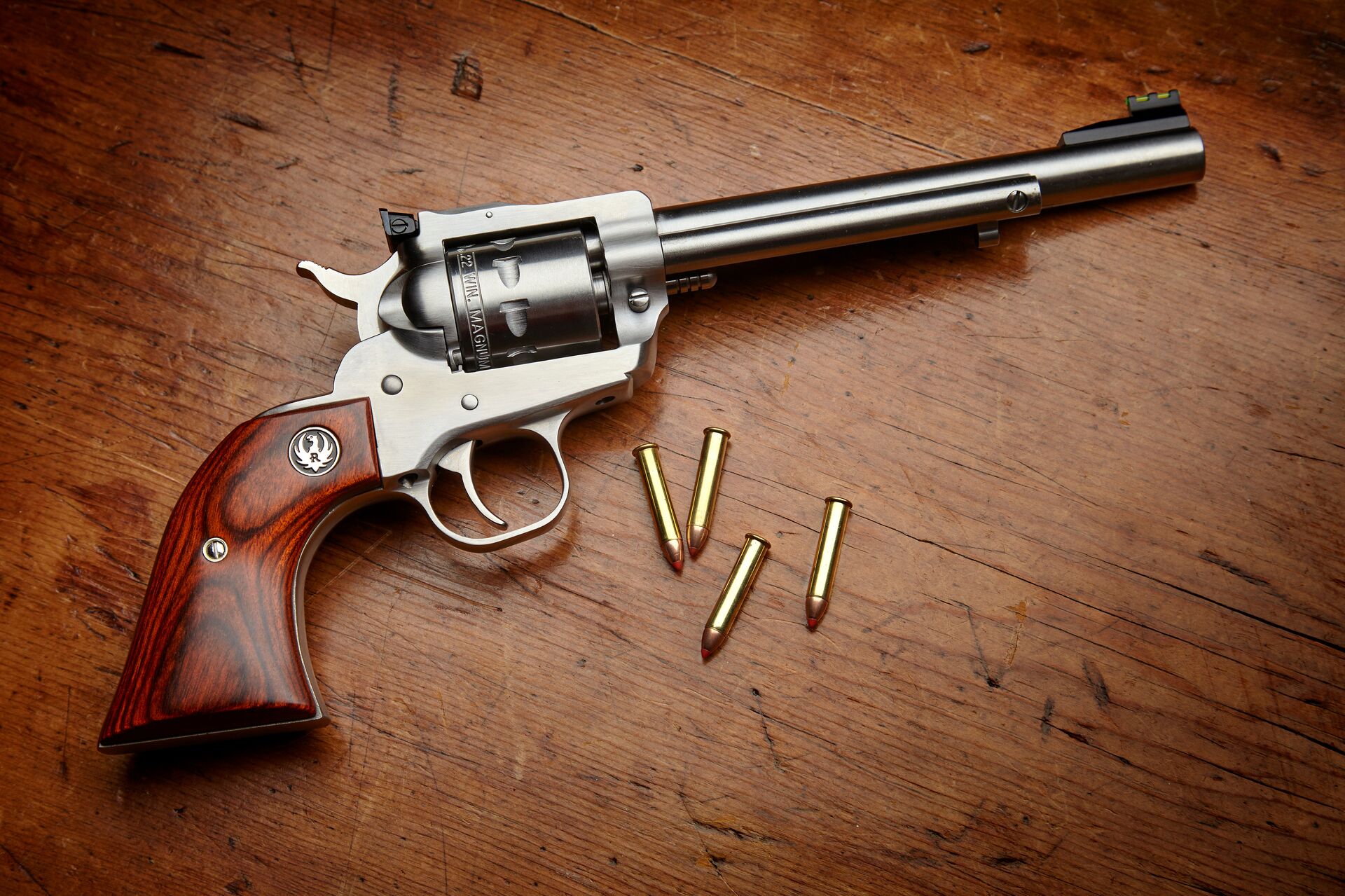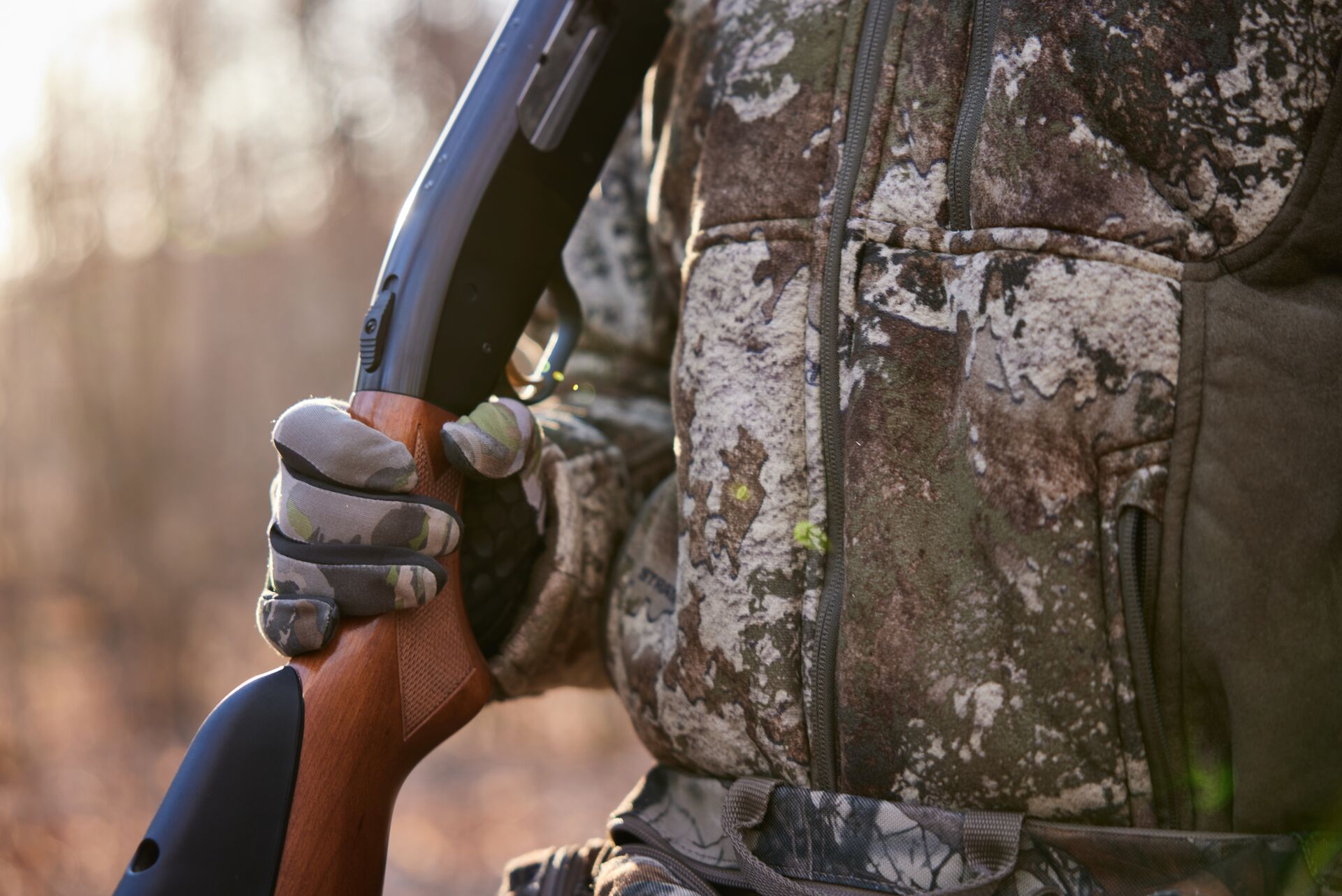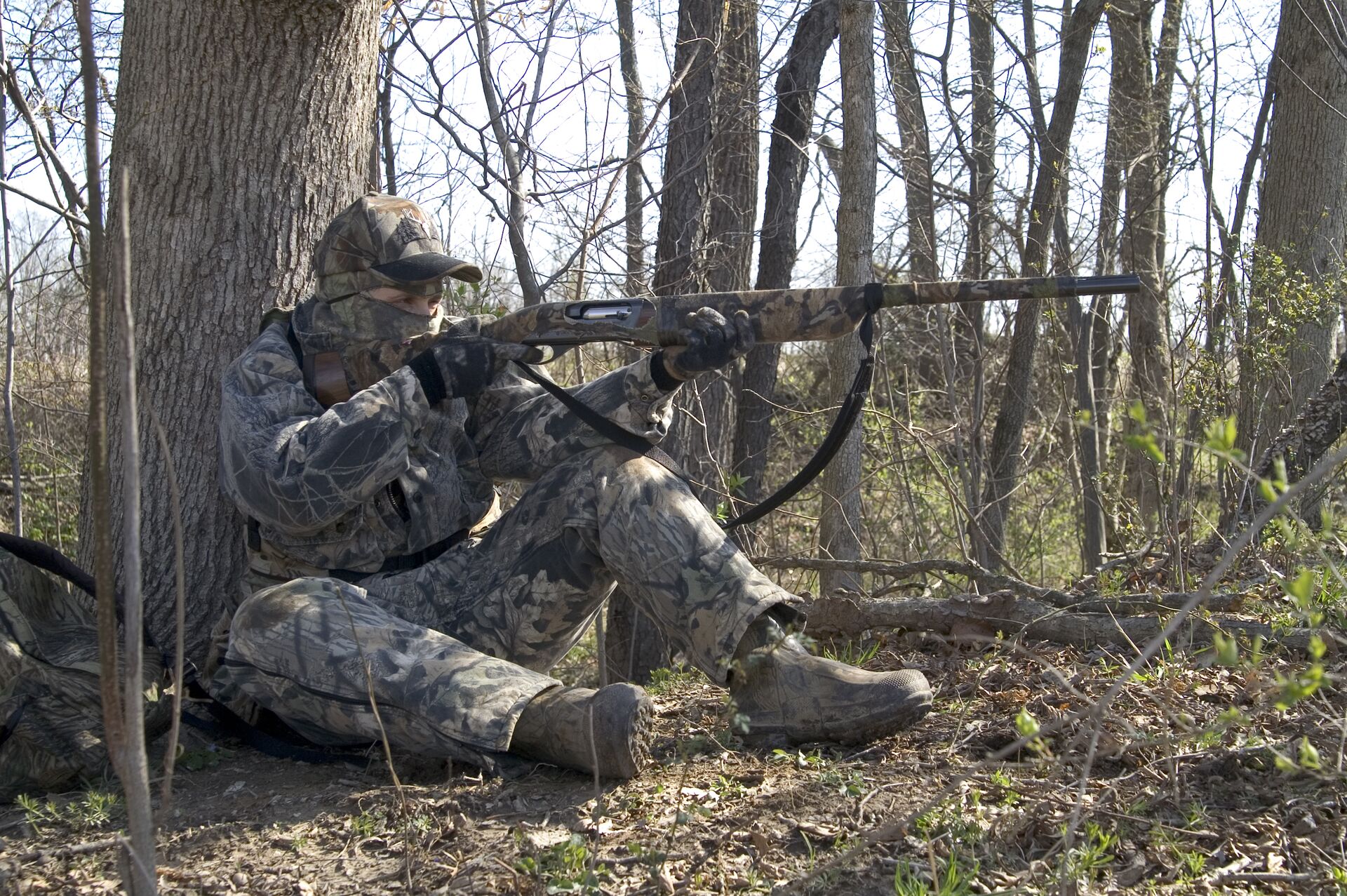What Are the Basic Parts of Ammunition?

(Safely) grab a gun, any gun.
Somewhere on that gun is a stamping for its cartridge or gauge (more on the differences later). This stamping designates what ammunition that gun is meant to shoot.
This stamping is arguably the most important and defining characteristic of that particular firearm. It is unsafe to shoot anything other than ammunition of that designation for that specific gun.
What do you know about ammunition? Understanding its components and how it works is essential to being a safe and successful hunter.
So, what are the basic parts of ammunition? Let's take a look at that today. We'll also talk about hunter education and staying safe when on a hunt.

Cartridge vs. Bullet
If you hang around a gun shop, you will hear someone ask to buy a box of bullets for their 30-06 or ask what caliber that rifle is chambered in when they grab hold of the .308.
In either case, they have the same answer. They both take interchangeable .30 (7.62mm) bullets. What does that mean, though? Let's look at the differences between a cartridge vs. a bullet.
Cartridge
Every gun is built to shoot a specific "cartridge." Often incorrectly referred to as caliber, the cartridge is the defining character of the whole shooting match.
The bullets themselves are .30 caliber, but the brass, powder, and primer all contribute to the name and, more importantly, the chamber size of the rifle from which they are to be fired.
Cartridge names are often technical, with a bit of branding, conjecture, and, sometimes, humor in very loosely defined parameters.
Bullet
When you hear that person ask for a box of bullets, you know they aren't wrong. The cartridges they wanted all have bullets in each of them.
Bullets are the projectile component of any cartridge. So now you know to look at your gun to figure out the cartridge that gun is chambered in.

What are the Basic Parts of Ammunition?
So, what makes up "ammunition?" Let's clarify this a little more.
Bullets
The bullet is the business end of your ammunition.
Its purpose is straightforward: deliver the necessary kinetic energy to bring down your game quickly and humanely. Bullets come in various shapes, each designed with a specific purpose.
The most common shapes you'll encounter are round-nose, flat-nose, hollow-point, and spitzer (pointed).
- Round-nose bullets are used for target practice because of their reliable, straightforward design.
- Flat-nose bullets are favored in lever-action rifles due to their safety in tubular magazines.
- Hollow-point bullets expand upon impact.
- Spitzer bullets, with their aerodynamic, pointed tips, are perfect for long-range shooting, offering superior stability and accuracy over distance.
What are bullets made of?
- Lead bullet constructions have been a staple for centuries due to their density and malleability, which allow for excellent expansion upon impact.
- Copper bullets offer exceptional weight retention and deeper penetration, making them a go-to choice for hunting large game.
Other materials and design enhancements, such as polymer tips or bonded constructions, are also used to enhance accuracy, expansion, and penetration.
The Case
The casing is the backbone that holds everything together.
This unsung hero houses the primer, propellant, and bullet. Without the casing, you wouldn't have a cartridge – just a bunch of loose parts.
Casings come in different materials, each with properties and typical uses.
- Brass is the most common, and for good reason. It's durable, corrosion-resistant, and malleable enough to be reloaded multiple times.
- Steel casings are a more cost-effective alternative to brass. They're often found in military surplus and budget-friendly ammunition.
- Aluminum casings are another option, known for being lightweight and inexpensive. These casings are typically used in low-cost, factory-loaded ammunition.
Did you realize there are so many different materials that could make up the case of your ammunition? It's important to understand the differences and how they can impact how you shoot.

The Primer
Regarding the finer shooting details, the ammo's primer is another unsung hero that kicks off the entire firing sequence.
Think of it as the spark plug in your truck's engine – small but mighty and essential for getting things moving.
The primer sits at the base of the cartridge, nestled in the pocket of the casing. Its job? To ignite the propellant charge inside the casing, propelling the bullet down the barrel and towards its target.
When you pull the trigger, the firing pin strikes the primer, creating a tiny but intense explosion. This explosion ignites the fuel, leading to the rapid expansion of gases that force the bullet out of the barrel at high speed.
The Propellant
The propellant is the powerhouse that makes everything happen. The engine generates the gas pressure needed to propel the bullet out of the barrel and toward your target.
Understanding the role of the propellant and the different types available can help you appreciate the intricacies of how your ammunition works and choose the right type for your needs.
The fuel's primary job is to create the high-pressure gas that pushes the bullet down the barrel. When the firing pin strikes the primer, it ignites a small explosive charge that, in turn, ignites the main propellant charge. This rapid combustion generates a large volume of gas quickly, creating the pressure that drives the bullet forward.
The efficiency and consistency of this process are critical for accuracy and performance.

What are Caliber and Gauge?
Caliber refers to the internal diameter of a firearm's barrel and, consequently, the diameter of the bullet fired through it. It is typically measured in either inches or millimeters.
The choice of caliber affects everything from the firearm's recoil and accuracy to the type of game it can effectively hunt. Larger calibers generally produce more power and are suitable for bigger game, while smaller calibers might be preferred for target shooting or smaller game due to their lower recoil and higher accuracy.
A gun's gauge, on the other hand, is a measurement used for shotguns and denotes the size of the shotgun bore. It represents the number of lead balls of the bore diameter that add up to one pound.
For example, a 12-gauge shotgun means that 12 lead balls of the bore size would weigh one pound. Common gauges include 12, 20, and 28, with the 12 gauge being the most popular due to its versatility and power.
Safety Considerations for Ammunition
As you learn to hunt, proper handling of ammunition starts with understanding its components and how they function.
- Always handle ammunition with clean, dry hands and avoid exposing it to moisture or oils, which can degrade its performance.
- When loading and unloading firearms, keep your fingers away from the trigger and always point the muzzle in a safe direction.
- Ammunition storage is equally important. It should be kept in a cool, dry place, away from direct sunlight and extreme temperatures. Invest in a sturdy, lockable container that is both childproof and fire-resistant.
Additionally, ammunition and its components must be disposed of with care to avoid environmental contamination and potential hazards. Many shooting ranges and local law enforcement agencies offer safe disposal services for old or unwanted ammunition.

Learn More About Ammunition and Firearm Safety with a Hunter Education Course
When it comes to hunting, nothing is more important than safety. That's where a course through ilearntohunt can be a big help in preparing you to hunt safely.
Our online courses teach the fundamental firearm safety essentials every hunter needs to know to stay safe in the field. The safety skills and knowledge gained from one of our engaging and interactive courses are essential for every hunter.
By completing the course for your state, you also meet all state requirements for getting your license and hunting during the open season. You'll be well-prepared to handle firearms safely and ethically in the field.
Ready to learn how to protect yourself and others during a hunt? Find the course for your state and get started.






